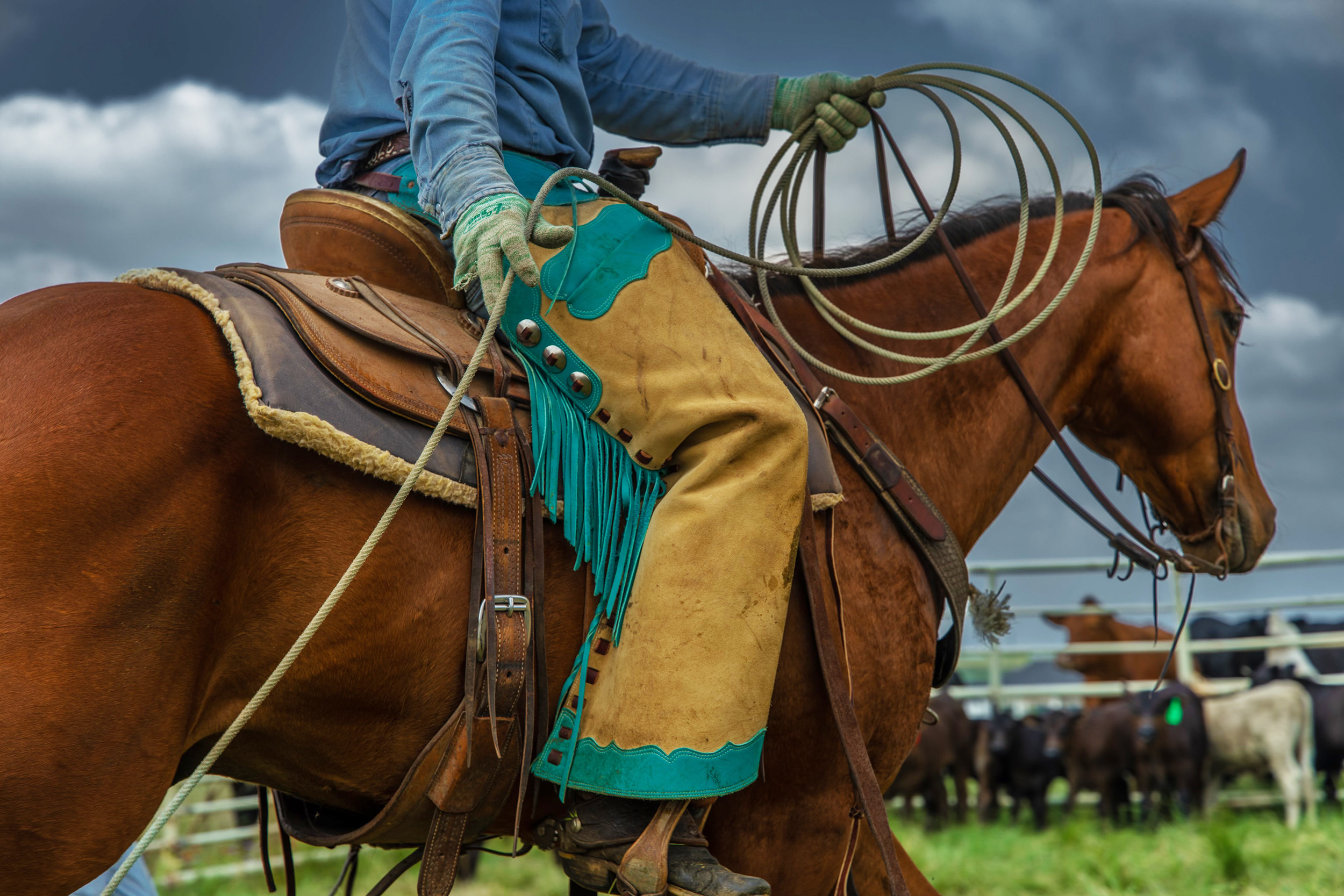Outdoor
Sullivan Whitetail Ranch

The Texas Deer Association estimates the impact of breeding and hunting of deer at an annual $1.6 billion on the Texas economy, but for local ranchers, the boom in popularity has provided an alternative choice for livestock outside of the cattle and equine industry.
Sullivan Whitetail Ranch in Montague County has become a leader in the business of breeding deer since its beginnings in 2003. Whitetail are the main species bred on the property, along with kudu, transcaspian and fallow, while axis, black buck and nylghia can be found on the 500 acres of land that makes up the ranch.
The property was high fenced in the year 2000, and in 2003, owners realized the genetics on the property weren’t what they had hoped, and the decision was made to start breeding.
“We got 20 bred doe and four pens with a goal to turn out the offspring when they had their babies. They had their babies and we didn’t turn them out. We bought a breed buck and for years never turned anything out. Finally in 2008, or 2009, we started releasing some animals and building up genetics on the ranch equal to what we were raising in the pens and selling,” explained Jeff Dean, who operates Sullivan Whitetail Ranch.
To read more pick up a copy of the June 2019 NTFR issue. To subscribe call 940-872-5922.
Outdoor
The Garden Guy

By Norman Winter | Horticulturist, Author, Speaker
The National Garden Bureau has designated 2024 as the ‘Year of the Angelonia’ and I am in full celebration mode. As I was preparing for my contribution to the celebration, I was, however, sent into taxonomic trauma.
For the last 26 years of deep love for the Angelonia, or summer snapdragon, I have told everyone via newspaper, radio and television that they were in the Scrophulariaceae family. Since most gardeners don’t like those words, I modified or simplified the snapdragon family, but somebody has tinkered with green industry happiness and moved Angelonia to the Plantaginaceae or plantain family. I immediately reached out to my friend Dr. Allen Ownings, Horticulture Professor Emeritus with the Louisiana State University AgCenter. I said, “Did you know this, or better yet, did you do it?” He said, as I expected, that the Taxonomist group had done it. This reminded me that someone once said taxonomists have to eat, too.
To read more, pick up a copy of the April issue of NTFR magazine. To subscribe by mail, call 940-872-5922.
Outdoor
Parting Shot: Grit Against the Storm…

By Jelly Cocanougher
Brazen rumbles cut through the daylight stillness. Enamored by the grandiose symphony of the firmament, tinged in anticipation from where the light will snap next.
The clouds dance in the sky as a love letter to the electrically-charged synergy of the ground and air. It moves unashamed, reckless, and bold. It is raw power that could command attention for any being, a reminder that we are attuned to the primal opus of flora and fauna. The spirit of the prairie was awakened, the hands of a cowboy rests at the heart of it all, a symphony in combination.
Outdoor
Grazing North Texas

By Tony Dean, [email protected]
There are a handful of mean-spirited plants that seem to have developed a liking to growing in places where they are a nuisance on North Texas grazing lands. One of those plants is definitely tasajillo. I can not count the number of gates I have had to open that required a fight with this prickly foe.
I now realize there is a plausible reason why so many fence lines and gates are home to tasajillo, being that birds eat the seeds, and then deposit them along the fences thus creating a virtual nursery for this unfriendly species.
Tasajillo is a perennial member of the cactus family and can be found in all areas of the state, but with less presence in deep East Texas. It grows as individual plants or as thicket-forming clumps. This cactus seems to be most adapted to loamy soils and is often found in association with mesquite.
To read more, pick up a copy of the March issue of NTFR magazine. To subscribe by mail, call 940-872-5922.
-

 Country Lifestyles1 year ago
Country Lifestyles1 year agoScott & Stacey Schumacher: A Growth Mindset
-

 Equine7 months ago
Equine7 months agoThe Will to Win
-

 Country Lifestyles7 years ago
Country Lifestyles7 years agoStyle Your Profile – What your style cowboy hat says about you and new trends in 2017
-

 Country Lifestyles4 years ago
Country Lifestyles4 years agoAmber Crawford, Breakaway Roper
-

 HOME7 years ago
HOME7 years agoGrazing North Texas – Wilman Lovegrass
-

 Country Lifestyles7 years ago
Country Lifestyles7 years agoDecember 2016 Profile, Rusty Riddle – The Riddle Way
-

 Country Lifestyles8 years ago
Country Lifestyles8 years agoJune 2016 Profile – The man behind the mic: Bob Tallman
-

 Outdoor9 years ago
Outdoor9 years agoButtercup or Primrose?






